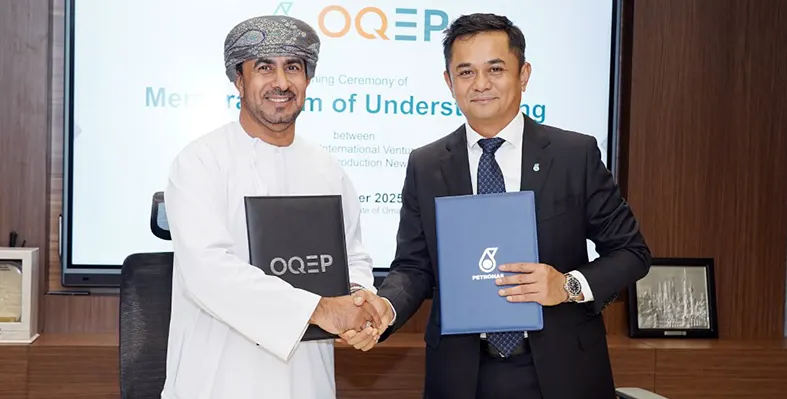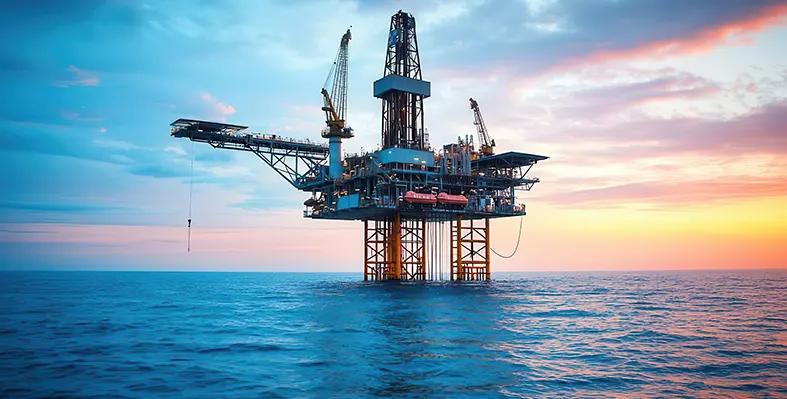Independent energy company, Kistos, has expanded portfolio to the Middle East with more than one acquisition from Mitsui E&P Middle East BV in the Sultanate of Oman
In line with a binding agreement signed by the partners, Kistos will be acquiring a 5% working interest in Block 9 and a 20% working interest in Blocks 3 and 4 onshore Oman. While the Occidental Petroleum-operated Block 9 covers two producing areas, CCED-operated Blocks 3 and 4 include seven producinf fields across an area of approximately 29,000 sq km in eastern Oman.
Kistos' entry into the Middle East adds geographical and onshore production diversification to the Company's existing portfolio. Representing an evolution in the Company's M&A strategy, the Acquisition aligns with the Board's core ambition of pursuing assets that have strong near-term production with significant development and exploration upside.
With all Blocks secured under the Omani Exploration and Production Sharing Agreements, Andrew Austin, executive chairman of Kistos, said, "This acquisition marks a significant milestone for Kistos as we expand our footprint into a new and strategically important region, acquiring interests which align with our strategy of acquiring high-quality value-accretive assets, in both the near and long term.
"Our entry into the MENA region represents an important step forward in our mission to build a resilient, future-facing energy company. It not only complements our existing portfolio in the North Sea but also provides a platform for long-term growth and enhanced cash flow. Effective 1 January 2025, this acquisition will increase our reserves to 50 mmboe and is expected to deliver a material uplift in Kistos' production in 2026 to approximately 20,000 boepd.
"While we continue to consider the North Sea for further acquisitions, we view this foundational step into the MENA region as a way to diversify our portfolio, allowing us to broaden the opportunities we look at, potentially unlocking future synergies through further expansion in the region.
"On behalf of the Board, I would like to thank our shareholders for their continued support and look forward to sharing further updates as we continue to grow and evolve."









